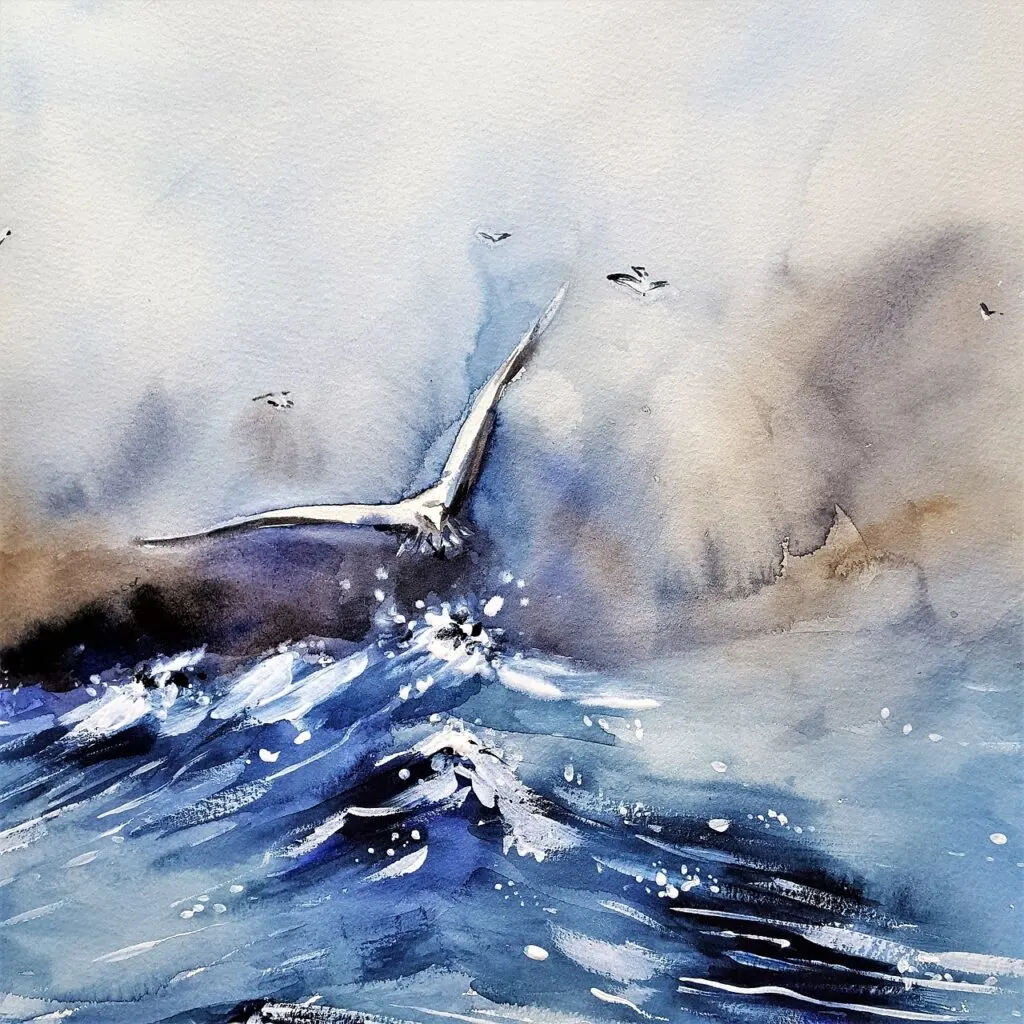This post may contain affiliate links. I only recommend products I use and love. Read the full disclosure here
Last Updated on December 22, 2022 by Alaina
As an artist, there’s nothing more important than your artwork and knowing how to protect your artwork. Every canvas that you paint or every sculpture that you mold is another valuable piece to add to your collection.

Maybe you sell your artwork as part of a small business and need protection during art transportation. Or perhaps you get creative for fun and need somewhere to safely display your art at home. Either way, it’s important to protect your creations! Taking protective measures will maintain your art for years to come and maximizes its value if you plan on selling it in the future.
Depending on the type of art that you create, the protective measures that you take will vary. However, there are some general steps that every artist should take to keep their pride possessions free of damage.
4 Best Ways to Protect Your Artwork from Damage
If you are wondering how to take care of your artwork, below I’ve listed four important steps that you need to take to protect your art and keep it looking brand-new for as long as possible.
Keep it out of direct sunlight
One of the most important things to remember when learning how to protect your artwork is to keep it out of direct sunlight. No matter what type of art you’re creating, you should always find a storage area that is out of direct sunlight. In particular, paintings are susceptible to damage and fading when exposed to sunlight for long periods of time.
Avoid hanging your artwork or storing it near windows and, ideally, try to find a room that receives as little direct sunlight as possible throughout the day, such as a basement.
Think about humidity
It’s not just the sunlight and heat inside a room that you need to consider when protecting your artwork; humidity is also a key factor in maintaining its quality and extending its lifespan.
When storing important artwork, try and maintain a humidity of around 55%. You can buy special humidity checkers (hygrometers) and humidifiers that will enable you to check the humidity of the room and adjust it accordingly.
Wash your hands before handling your art
It’s a simple thing to forget but you should always wash your hands when handling your art. Even if your hands don’t look particularly unclean, dirt, dust, and natural oils can build up on your skin throughout the day.
When you touch your artwork, this dirt can easily transfer onto the canvas or sculpture. Touching oil-based paintings with greasy or dirty hands can pull the color out of the image and irreversibly damage your artwork.
Avoid wiping your paintings
My last tip on how to protect your artwork is to never wipe down the piece of art. ‘s tempting to grab any old cloth and some standard cleaning spray when you need to wipe down your dusty paintings and sculptures. While this is okay to do, you must use the right type of cloth and the correct cleaning solutions.
Microfiber clothes are ideal for artwork, as they are smooth and soft, so they won’t scratch your artwork. You should never use solvents or strong cleaning products on your art. Instead, use special ammonia-free cleaning products and a dry duster that won’t tarnish your creations.
